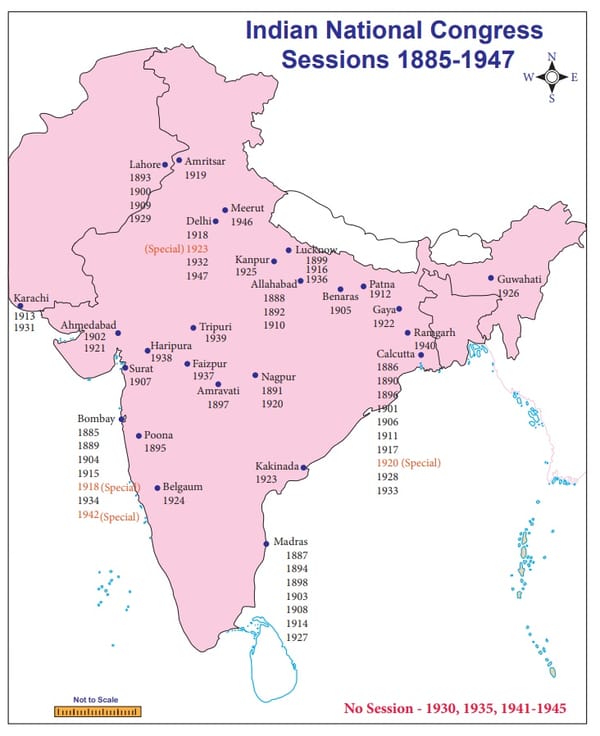Table of contents
The inception of the Indian National Congress (INC) in December 1885 in Bombay marked a significant milestone in India's struggle for independence.

- Led by pioneering figures such as Dadabhai Naoroji, Pherozeshah Mehta, and Badruddin Tyabji, the early leadership was predominantly from Bombay and Calcutta, representing diverse regional interests within the nascent nationalist movement.
- A.O. Hume, a retired British official, played a crucial role in fostering unity among Indians from various regions.
- The formation of the INC symbolized a concerted effort towards nation-building, aiming to unify the diverse populace under a common cause.
- To ensure inclusivity and nationwide participation, the Congress adopted a policy of rotating its sessions across different parts of the country.
- This practice not only facilitated broader engagement but also promoted a sense of belonging and ownership among Indians from various regions.
The tradition of electing a President from a region different from where the session was held reinforced the Congress's commitment to representing the entire nation and not just specific local interests.
Overall, the formation and organizational strategies of the INC laid the groundwork for a united front against colonial rule and laid the foundation for India's eventual independence.
Here are some important Sessions of INC during the freedom struggle:
Calcutta Session (1896)
WHY IMPORTANT?
- President: Rahimatullah M. Sayani.
- The National song ‘Vande Mataram’ was sung for the first time.
- Drain theory was put forward and approved., which was responsible for frequent famines and growing poverty.
- Provisions of the existing famine code and blocking of private relief by the government were condemned.
INC Calcutta Session (1896)
Lucknow Session (1899)
WHY IMPORTANT?
- President: Romesh Chandra Dutt.
- The Congress demanded a stop to the ‘drain of wealth’ from India to England.
- A strong voice was raised against colonialism.
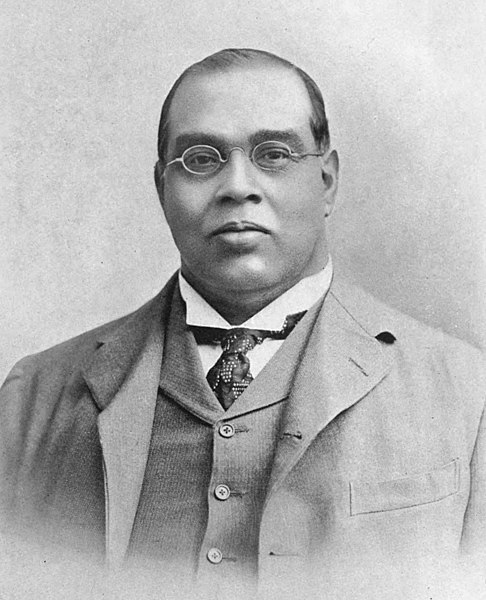
Calcutta Session (1906)
WHY IMPORTANT?
- President: Dadabhai Naoroji.
- There was an increasing influence of the extremists within the Congress and to counter it, moderates invited Dadabhai Naoroji from England to preside over the session.
- But Naoroji declared Swaraj as the only remedy for self government, which was demanded of extremists.
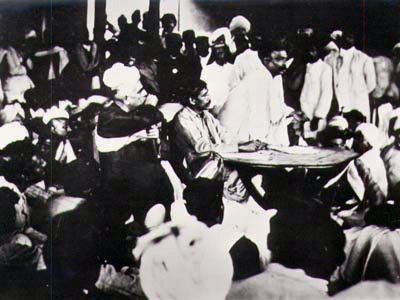

INC Calcutta Session (1906)
Bombay Session (1915) and Lucknow Session (1916)
WHY IMPORTANT?
- 1915: Bombay. President: Sir S.P. Sinha
- 1916: Lucknow. President: A.C. Majumdar
- There were changes in the constitution of the Congress to admit the delegates from the extremist faction in Bombay.
- Actual unification of the moderates and extremists within the Congress.
- Congress and All India Muslim League also found common ground for unified freedom struggle.

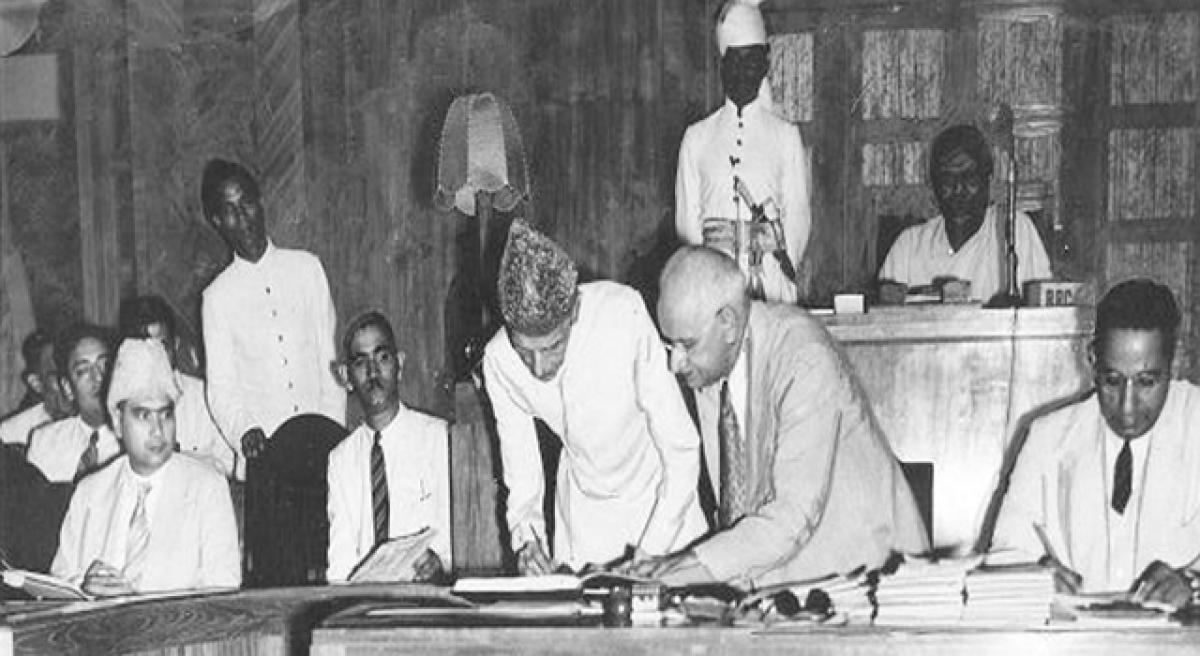
Bombay Session (1915) and Lucknow Session (1916)
We can't clear UPSC for you.
But with our personalised mentor support, you'll be ready to do it yourself.
Nagpur session (1920)
WHY IMPORTANT?
- President: C. Vijayaraghavachariar
- Congress tried to intensify the Non-Cooperation Movement using non-violent means.
- Merchants were persuaded to boycott foreign trade and government servants were urged to promote national cause.

C. Vijayaraghavachariar | Nagpur session (1920)
Ahmedabad Session (1921)
WHY IMPORTANT?
- The presidency hassle:
- C.R. Das was elected president but couldn't preside as he was jailed.
- Hakim Ajmal Khan was chosen to preside over the session.
- Gandhiji was appointed as the sole executive authority of the Congress.
- The first resolution for Purna Swaraj was moved by Hasrat Mohani and Swamy Kumaranand.
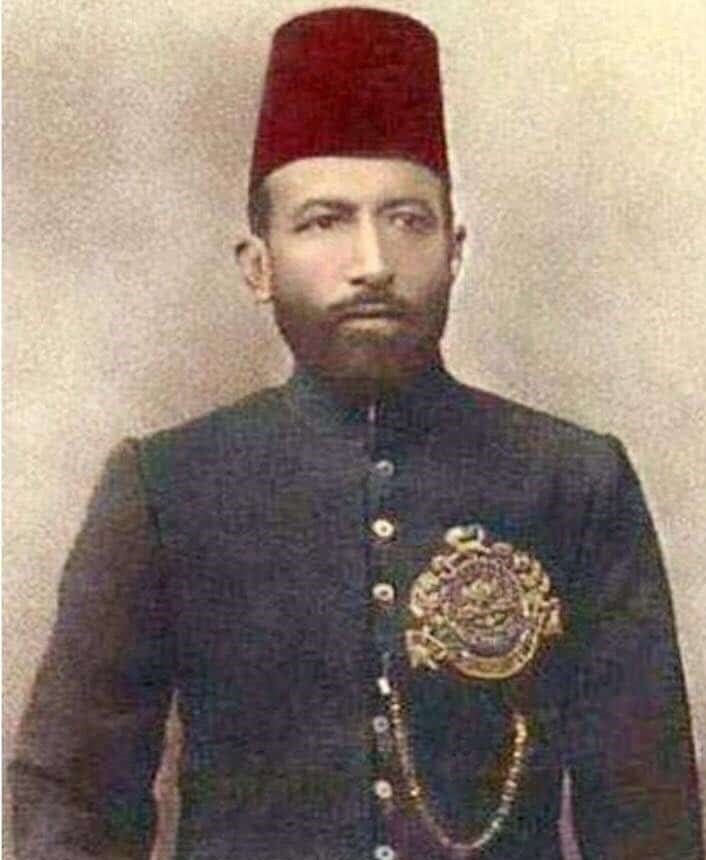
Ahmedabad Session (1921) | Hakim Ajmal Khan
Calcutta Session (1929)
WHY IMPORTANT?
- President: Motilal Nehru.
- A resolution was moved by Gandhiji accepting recommendation of Dominion Status in Motilal Nehru’s report.
- Jawaharlal Nehru moved an amendment for complete independence.
- For a middle ground, Congress declared that civil disobedience movement will be launched if dominion status is not granted.
Calcutta Session (1929) | President: Motilal Nehru
Karachi Session (1931)
WHY IMPORTANT?
- President: Vallabh Bhai Patel.
- The Congress acknowledged the bravery and sacrifice of Bhagat Singh, Sukhdev and Rajguru.
- Though it also denounced political violence.
- A resolution on Fundamental Rights and Economic Policy was accepted and passed..
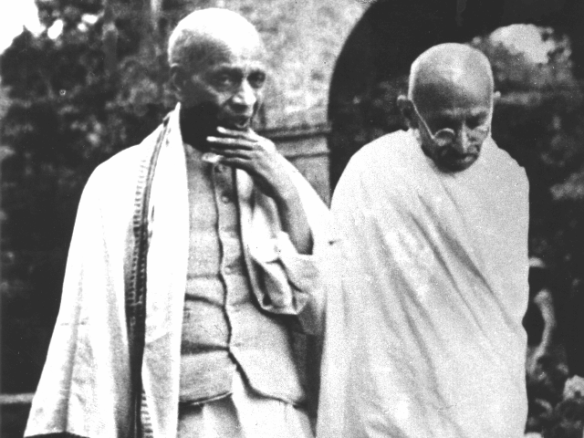
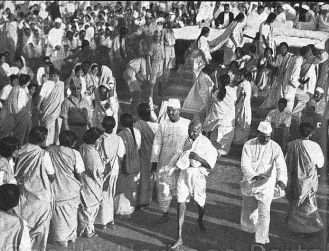
Karachi Session (1931)
Delhi Session (1932)
WHY IMPORTANT?
- Madan Mohan Malaviya was the President.
- But because he was arrested, it was actually chaired by Amrit Ranchhorddas Seth.
- Resolutions reiterating complete Independence as the goal of the Congress were passed.
- The Civil Disobedience Movement was revived.
Ramgarh Session (1940)
WHY IMPORTANT?
- President: Maulana Abul Kalam Azad.
- The session was centred on the crisis brought about by World War II.
- The Congress protested against the participation and declaration of India as a belligerent country by the British unilaterally.
- It was declared that nothing short of complete independence is acceptable.
Ramgarh Session (1940)
